PODCAST The rebirth of the East Village in the late 1970s and the flowering of a new and original New York subculture — what Edmund White called “the Downtown Scene” — arose from the shadow of urban devastation and was anchored by a community that reclaimed its own deteriorating neighborhood.
In the last episode (Creating the East Village 1955-1975) this northern corner of New York’s Lower East Side became the desired home for new cultural venues — nightclubs, cafes, theaters, and bars — after the city tore down the Third Avenue Elevated in 1955.
But by the mid 1970s, the high wore off. The East Village was in crisis, one of the Manhattan neighborhoods hit hardest by the city’s fiscal difficulties and cutbacks. It had become a landscape of dark, unsafe streets, buildings demolished in flame.
But the next generation of creative interlopers (following the initial stampede of Greenwich Village beatniks and hippies) built upon the legacies of East Village counter-culture to create poems, music, paintings and stage performances heavily influenced by the apocalyptic situations around them.
This was something truly distinct, a creative scene that was thoroughly and uniquely an East Village creation — punk and hardcore, murals and graffiti, fashion and drag,
And much of that was created by people who did not fit in anywhere else in the world, whether that world which rejected them was a Queens suburb or New Jersey or the Midwest or well beyond.
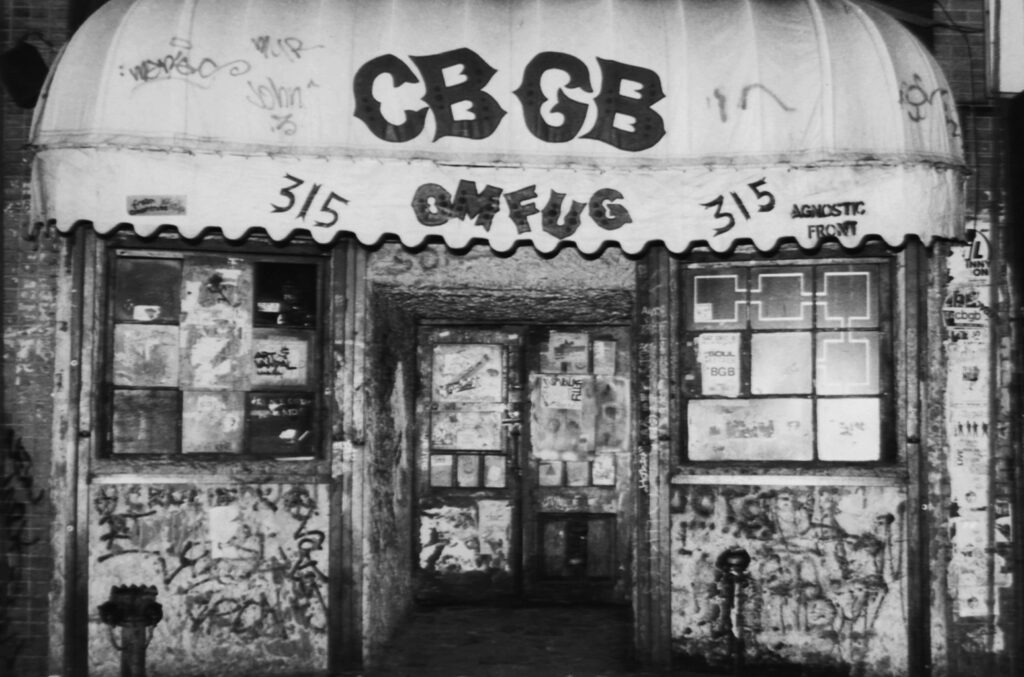
In this episode Greg hits the streets of the East Village with musician and tour guide Krikor Daglian (of True Tales of NYC), exploring the secrets of the recent past — from the origins of skateboarding to the seeds of the American alternative rock scene.
Follow along as they traipse to classic music venues and dive bars to uncover the special ingredients which made the East Village a most special place at the end of the 20th century.
FEATURING: CBGB, Supreme, the Pyramid, Club 57, Niagara, 7B, Brownies and many others
AND special guests Bill Di Paola from the Museum of Reclaimed Urban Space and Ramon ‘Ray’ Alvarez from Ray’s Candy Store
LISTEN HERE: WALKING THE EAST VILLAGE 1976-1996
When you’re done listening to this week’s show, check out our special Walking the East Village playlist, curated by Krikor and Greg:
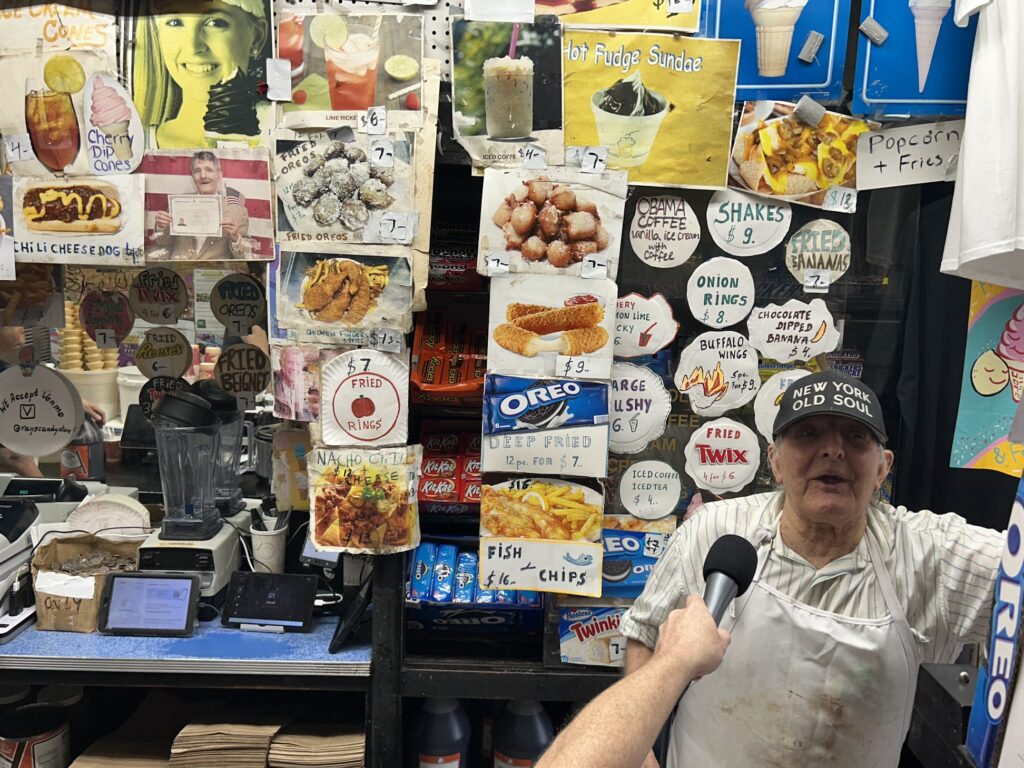
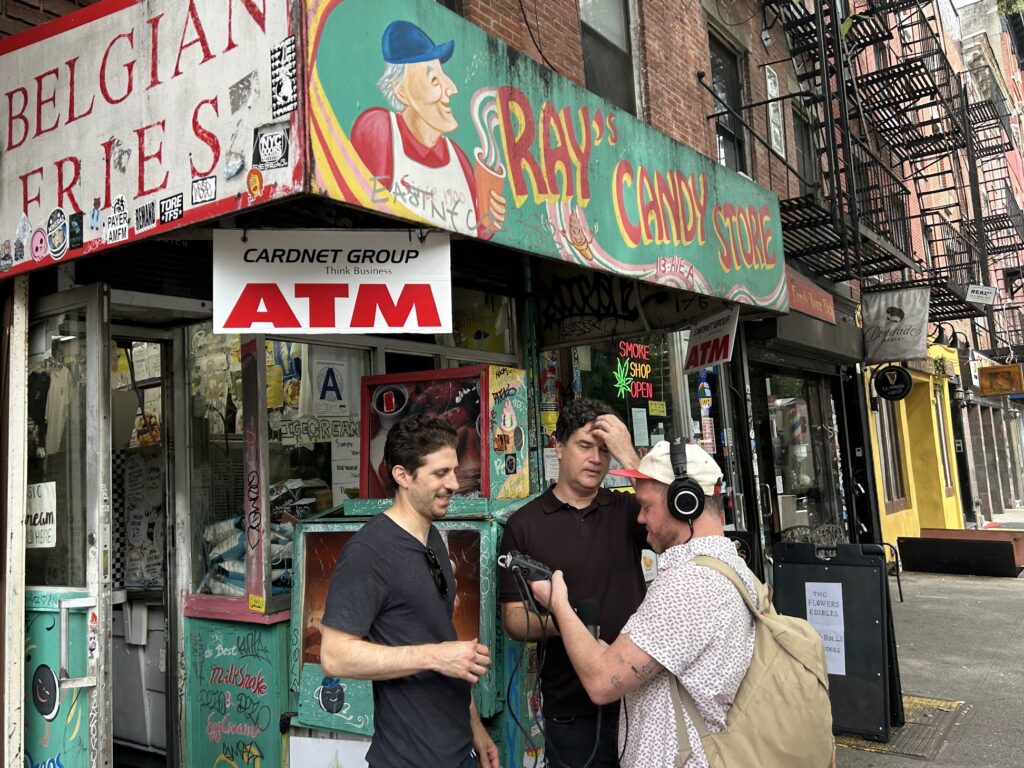
Book tours with this episode’s special guest Krikor Daglian here and with Bowery Boys Walks. Krikor’s next “Artists, Oddballs & Provocateurs: East Village Since the 1950s” tours are on Saturday, October 7th and Saturday, November 4th.
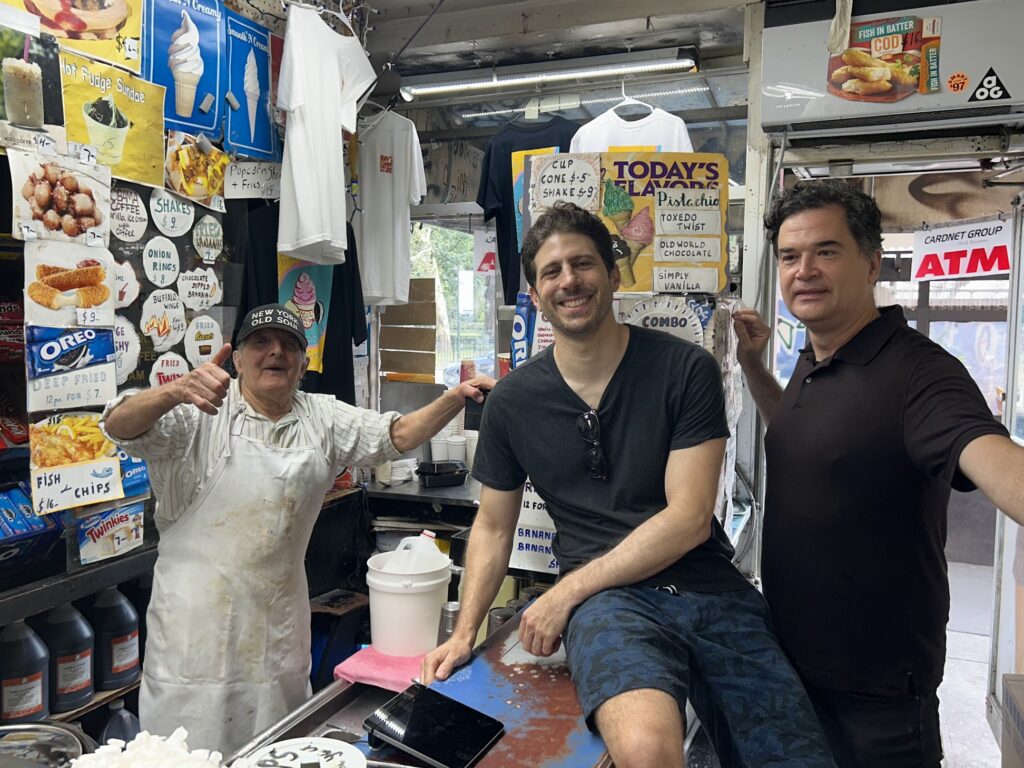
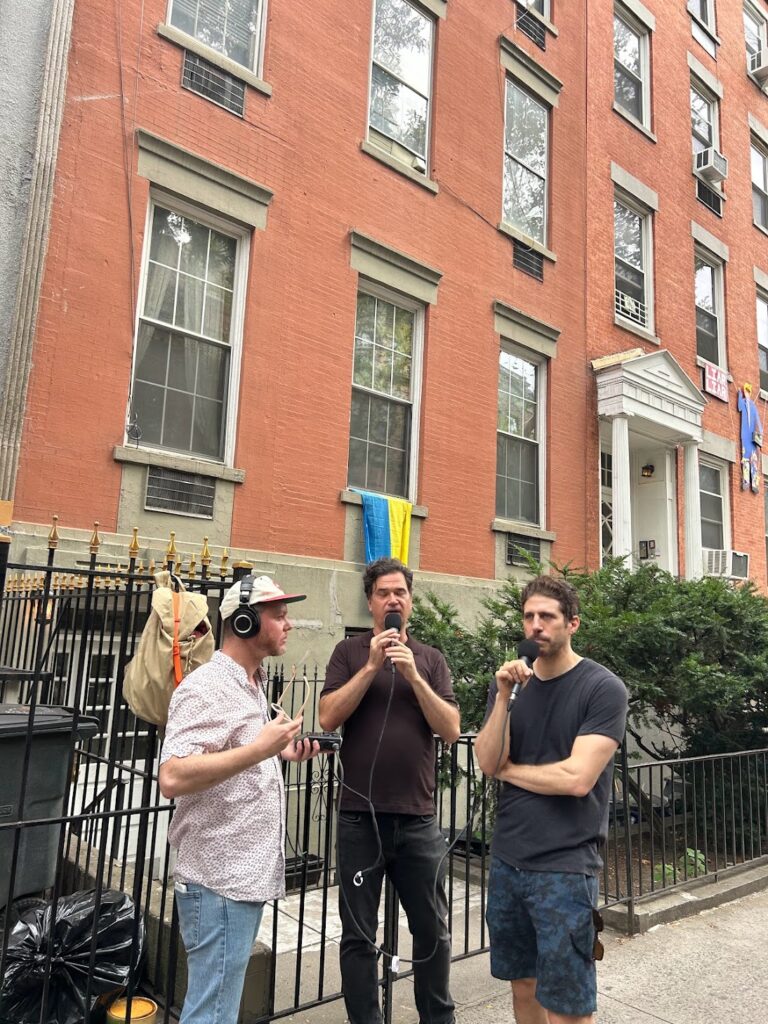
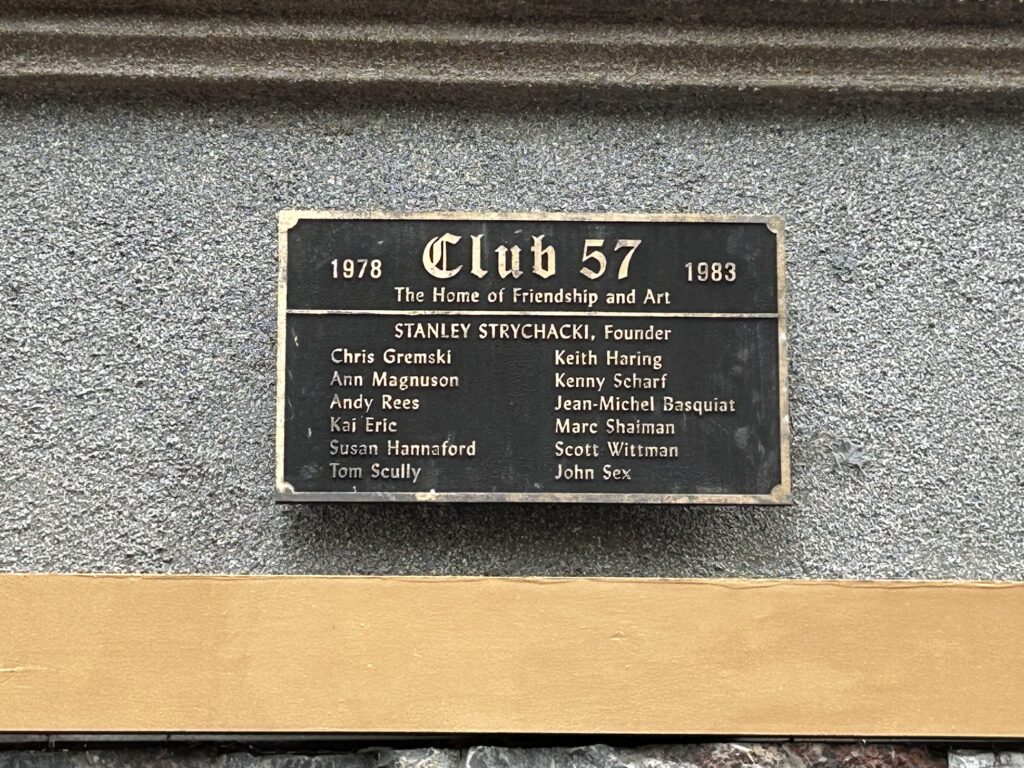
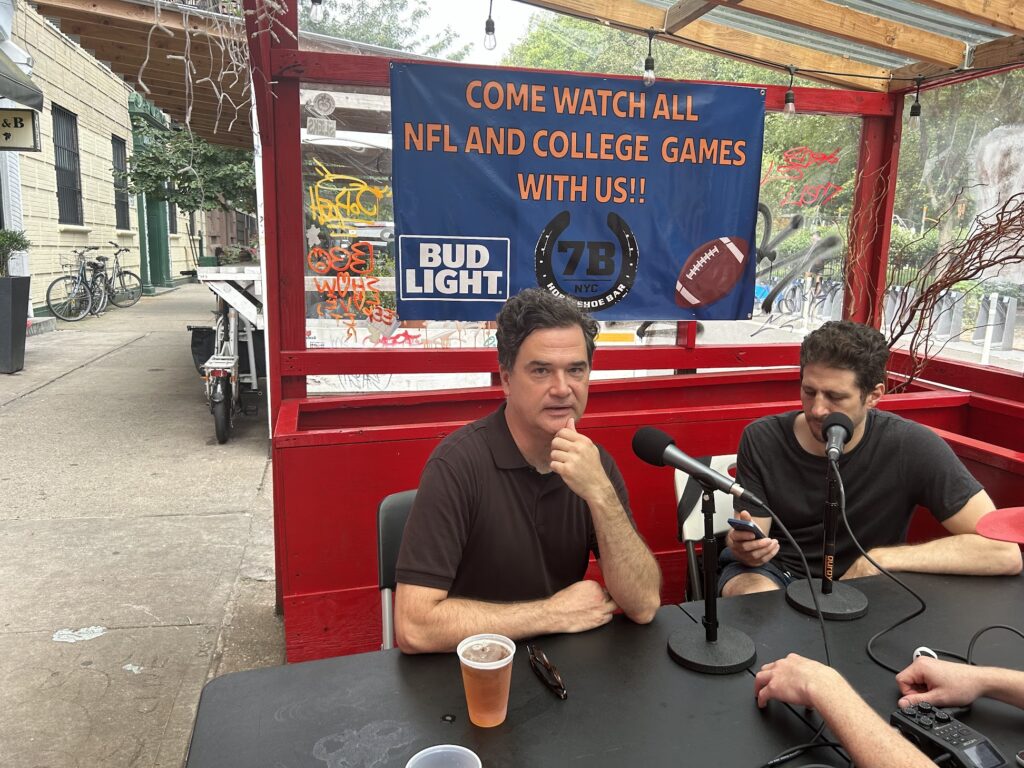
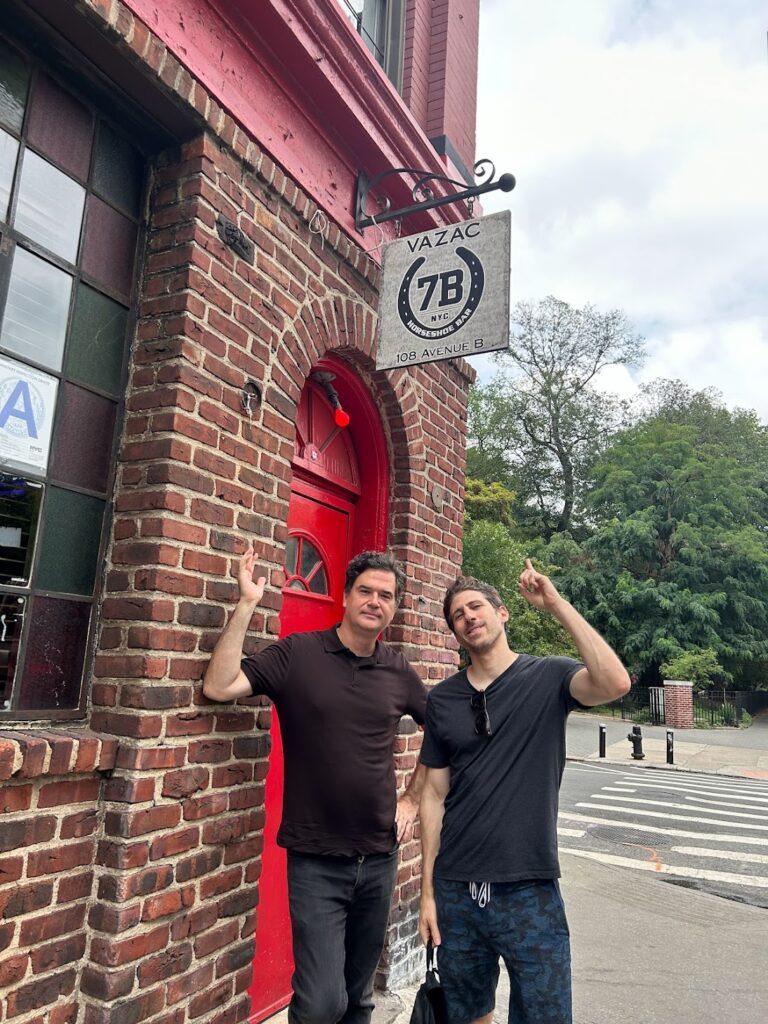
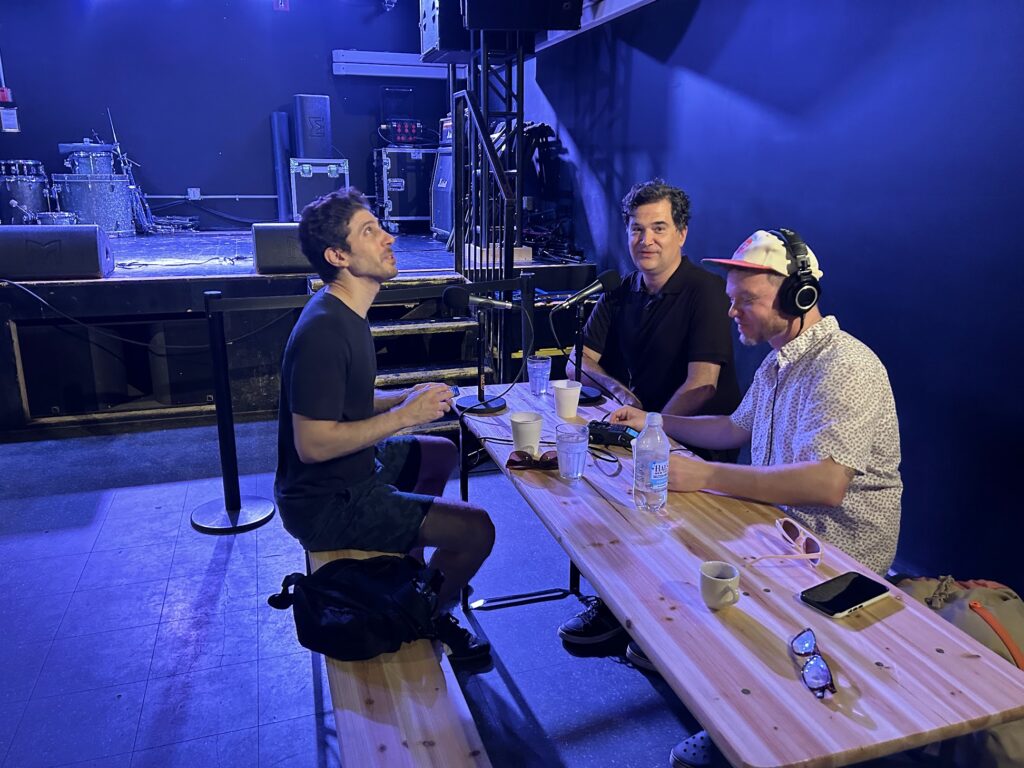
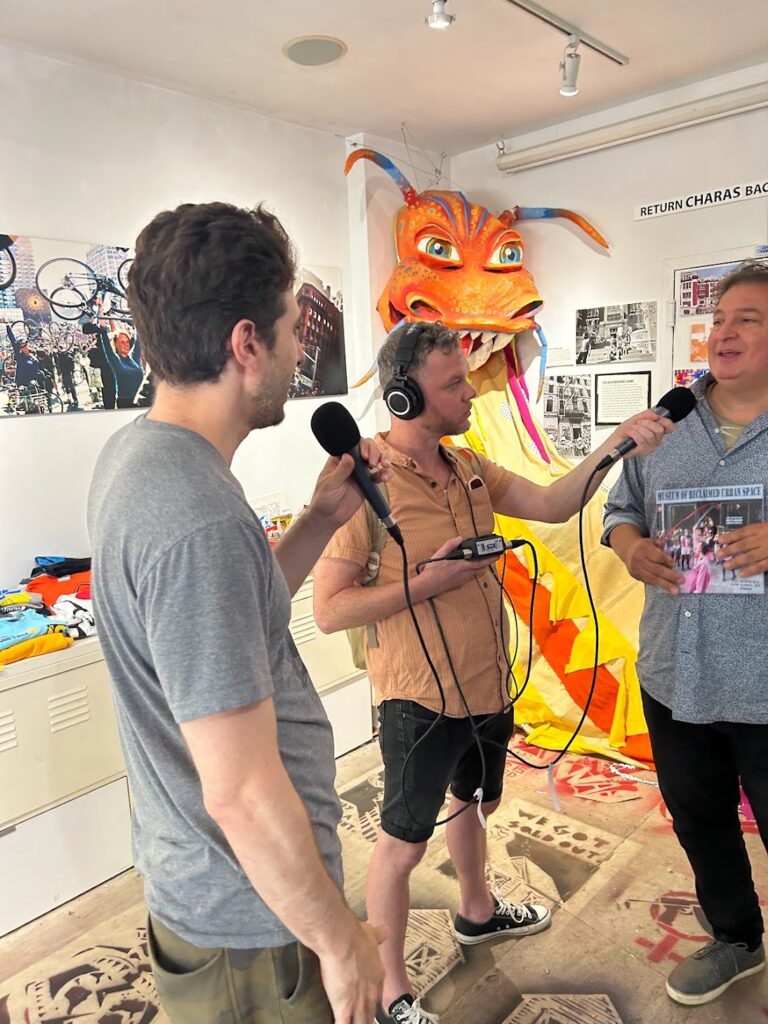
FURTHER LISTENING
After you listen to this week’s episode, check out these episodes with related themes:
FURTHER READING
The Drag Explosion: New York City’s Drag Scene of the 1980s and 90s / Linda Simpson
From Urban Village to East Village / Janet L. Abu-Ludhod
New York Rock: From the Rise of the Velvet Underground to the Fall of CBGB / Steven Blush
St. Marks Is Dead: The Many Lives of America’s Hippest Street / Ada Calhoun
The Village: 400 Years of Beats and Bohemians, Radicals and Rogues / John Strausbaugh
This Must Be The Place: Music, Community and Vanished Spaces in New York City / Jesse Rifkin
By a very fun coincidence, our two time guest — the marvelous Hugh Ryan — just so happens to have written “The Trashy, Freaky, DIY East Village Scene That Birthed Modern Drag” for Curbed this week. Excellent article about the 80s East Village drag scene with a focus on the Pyramid — where Greg and Krikor recorded some of the show!

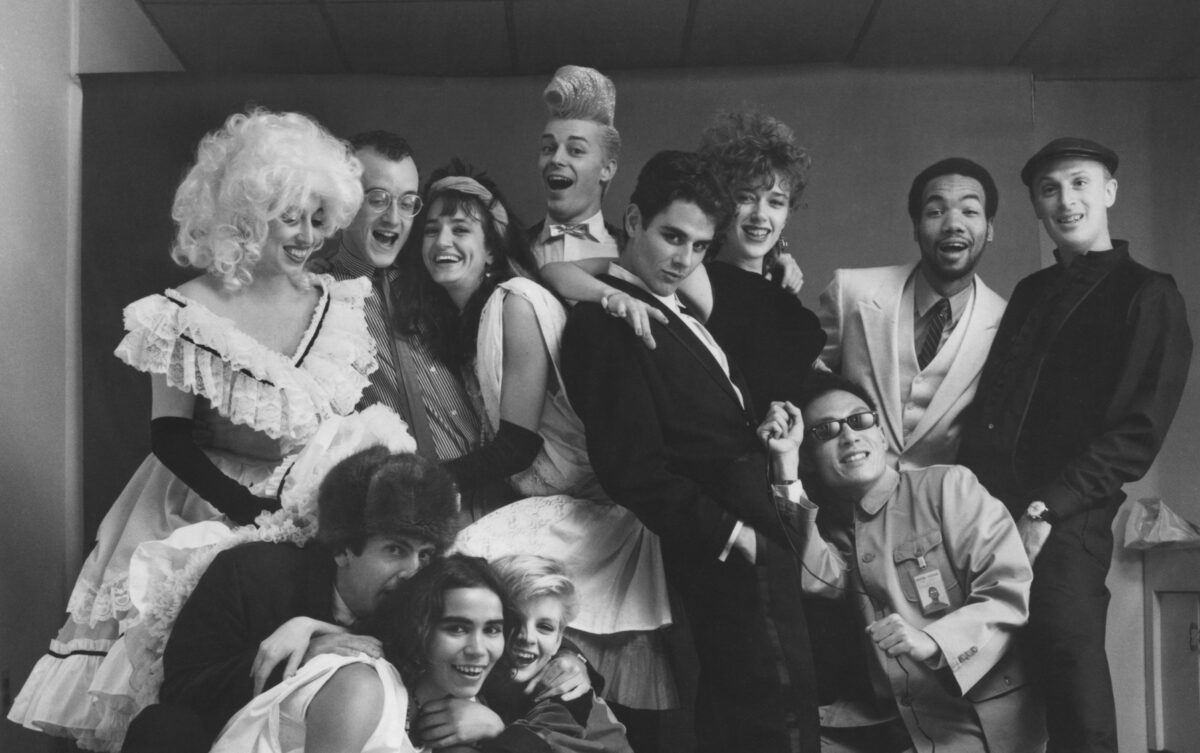
1 reply on “Walking the East Village: Culture Among The Ruins 1976-1996”
After “temping” at Paper Magazine-on my first temp job in many years, I went to Wigstock and had a black and white ice cream soda at Ray’s. The lady didn’t know how to make it. My father had owned a coffee shop and ice cream soda fountain. I had to tell her how to make it. It was delicious and Wigstock was quite the experience. While at Paper Magazine, out of drag Lady Bunny came in to pick up a pkg. from Mickey Boardman, the art director/fashion editor. That’s what got me to attend a few of the Wigstocks/concerts. I got a free poster of Lady Bunny in drag as did the all of the attendees of this annual event. It’s framed.